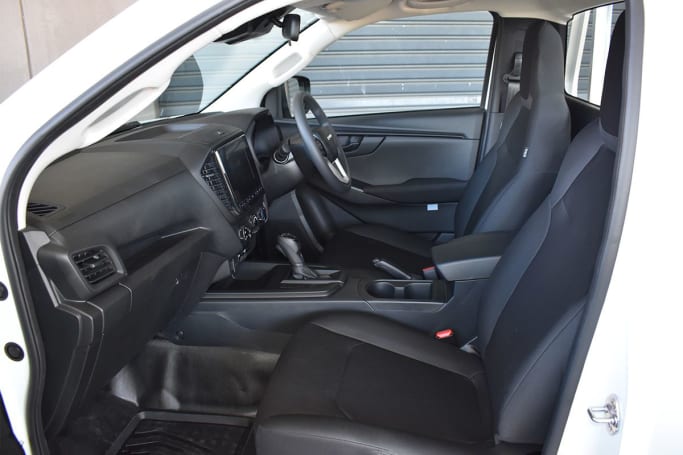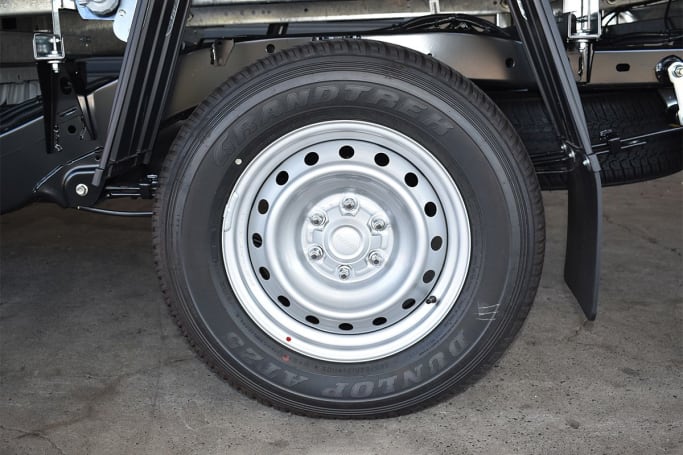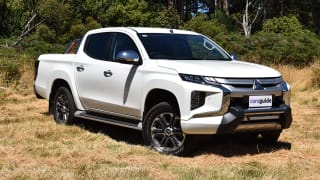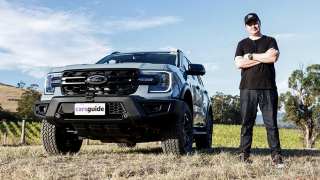Our test vehicle is the 4x2 single cab-chassis in Mineral White and base SX trim. It’s the only model in the D-Max range to offer the new 1.9-litre four-cylinder turbo-diesel, available with either standard six-speed manual for a list price of $31,200 or optional six-speed torque converter automatic like our example for $33,200.
The 1.9-litre is now the cheapest entry to D-Max ownership, with Isuzu offering introductory drive-away pricing from only $29,990 (manual with tray). Given that the federal government has raised its Instant Asset Write-Off threshold from $30K to $150K and extended the scheme until 2023, D-Max buyers could theoretically buy a fleet of five 1.9s at that price and still be eligible.
By comparison, our test vehicle is fitted with Isuzu’s economy aluminium tray ($2887), tow-bar ($1050), 12-pin harness ($359) and electronic brake controller ($820), which adds up to $38,316 plus ORCs.

For that money you also get 17-inch steel wheels with 255/65 R17 all-terrain tyres and a full-size spare. The work-focused cabin offers keyless entry, A-pillar grab handles, wipe-clean vinyl floor with decent-sized left footrest, fabric bucket seats, height and reach-adjustable urethane steering wheel with cruise and audio controls, driver info display, auto wipers, four-speaker infotainment system with 7.0-inch touchscreen display and multiple connectivity including Apple CarPlay/Android Auto and more.

Given that it’s actually a 10.5-inch touchscreen, we can only assume the decision to shrink the SX’s display to 7.0 inches, surrounded by thick black borders, is to provide a point of difference to higher grade models that use the full-size display. Or because SX buyers have smaller fingers. Either way, it serves no useful purpose (unusual for Isuzu) and looks odd.
There’s also benchmark safety, with numerous active features included as standard equipment that are not usually available in cab-chassis workhorses, even as options. These include a reversing camera, blind-spot monitoring and rear cross-traffic alert.














